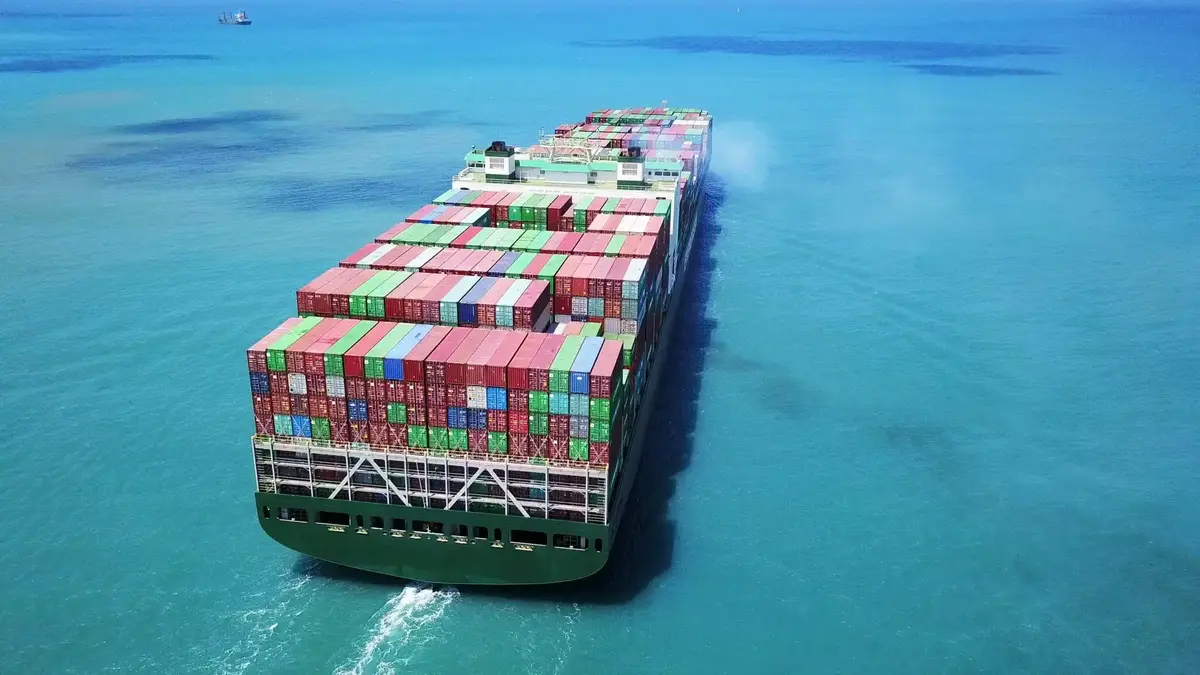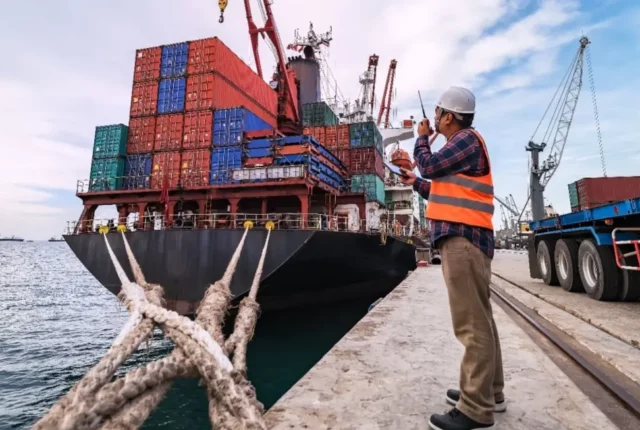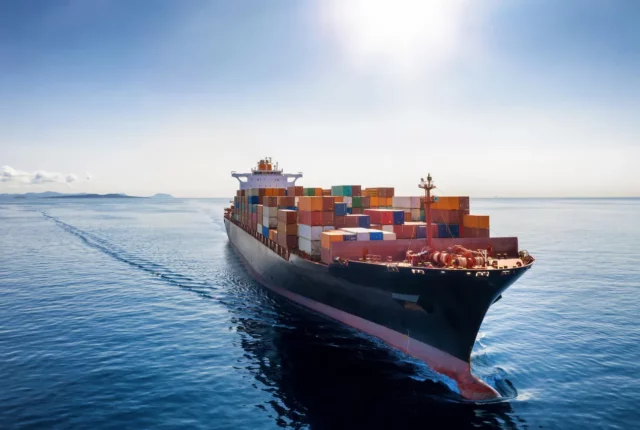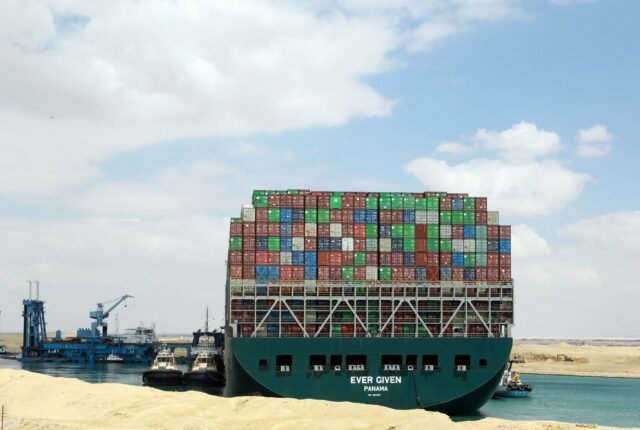
Shipping Line Prospects Improve After Tough Fourth Quarter
The last three months of 2023 were some of the worst for liner shipping’s finances in recent years, with the cumulative loss among carriers amounting to $700m, according to new analysis from John McCown.
It was the industry’s first quarterly loss since the onset of the pandemic in 2020 – and even though freight rates declined significantly over the course of last year, the third quarter still saw carriers post a cumulative profit of $4.2bn.
This again demonstrates the wild swings in fortunes shipping seems to be exposed to; Q2 22 is now considered the industry’s peak earner, when it posted a combined profit of $63.1bn, representing a margin of 46.1% – “believed to equal the highest-ever overall margin achieved by any industry in a quarter”, Mr McCown wrote.
“Actual industry margins since the peak have been decelerating in a pronounced way. However, it is premature, based on the currently available data, to assume, as many have, that the industry will return to its pre-pandemic performance levels,” he continued.
He noted that, in the four years comprising 2016 to 2019, carriers had posted a combined loss of $8.5bn on revenue of $681.2bn, largely due to the overcapacity that had plagued the industry since the 2008 financial crisis.
However, he argued that a number of different factors remained in play today, compared to before the pandemic – a comparison of Q4 23 and Q4 19, shows volumes had increased 3.9%, and rates, both spot and contract, were 8% up.
Meanwhile, early volume indications this year suggest the coming months could bring stronger trading conditions for shipping lines, especially with the capacity management techniques learned during the early phase of the pandemic.
“Recent worldwide volume trends are showing more strength than has been seen in years,” he wrote. “In addition, it is likely that carriers will make more use of blanking sailings than they did prior to the pandemic, to mitigate the impact of any excess capacity.”
However, he also argued that forthcoming capacity injections via the industry’s huge orderbook may be subject to miscalculation. While the current orderbook represents an additional 30% capacity in terms of total teu slots, it is a different growth when viewed through vessel numbers.
He said: “Most of the ships being built are large and, on average, believed to be at least twice the size of the average containership in the world fleet. Rather than a 30% increase in teu, it is no more than a 15% increase in the number of vessels – more the driver on costs than the number of teu.
“That makes for a much more manageable capacity situation related to new construction,” Mr McCown concluded.
Source: Article






